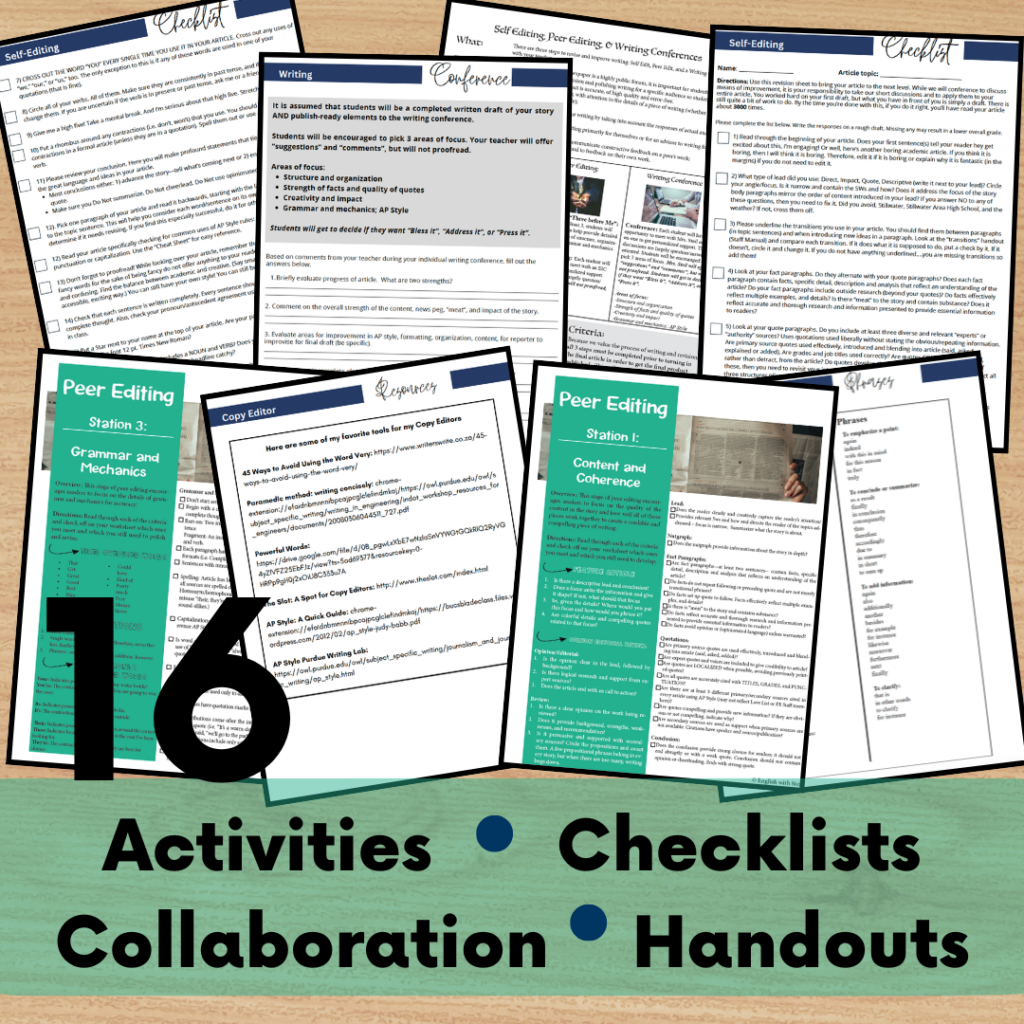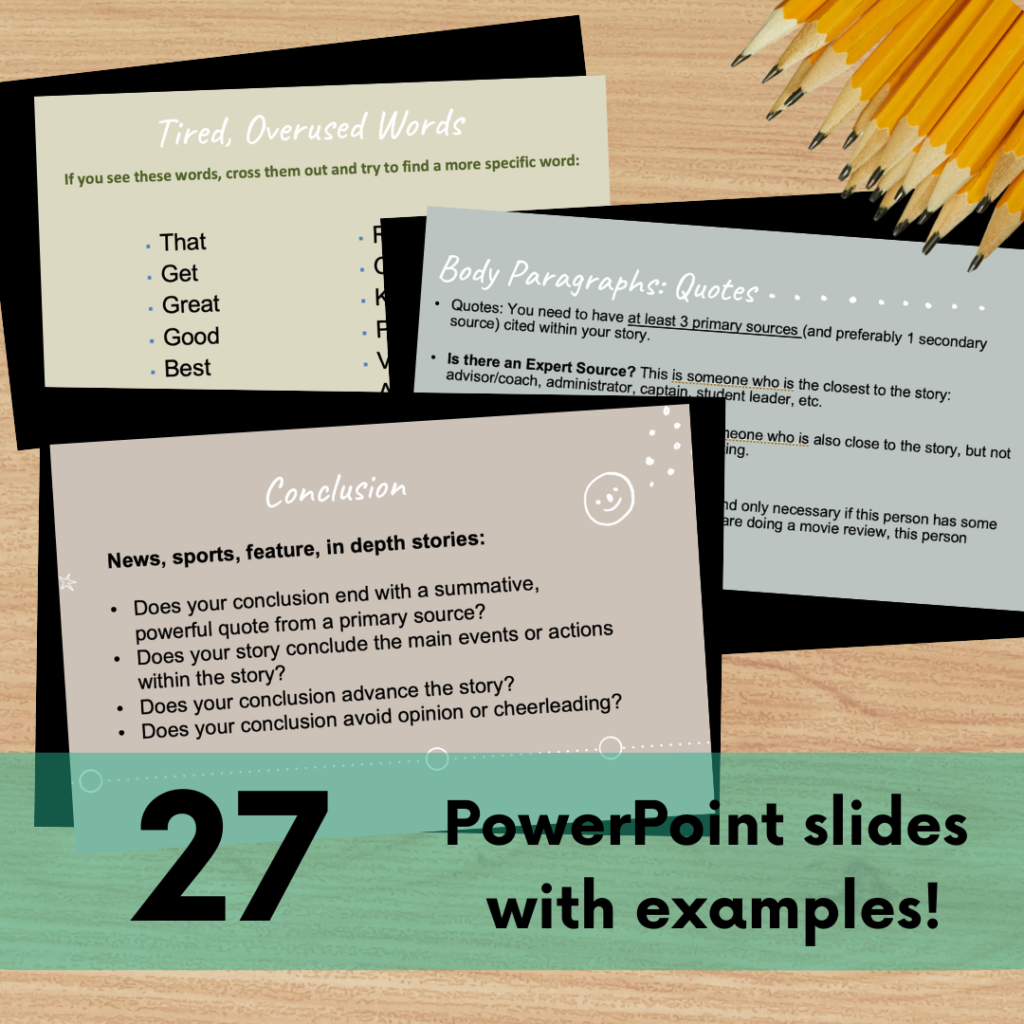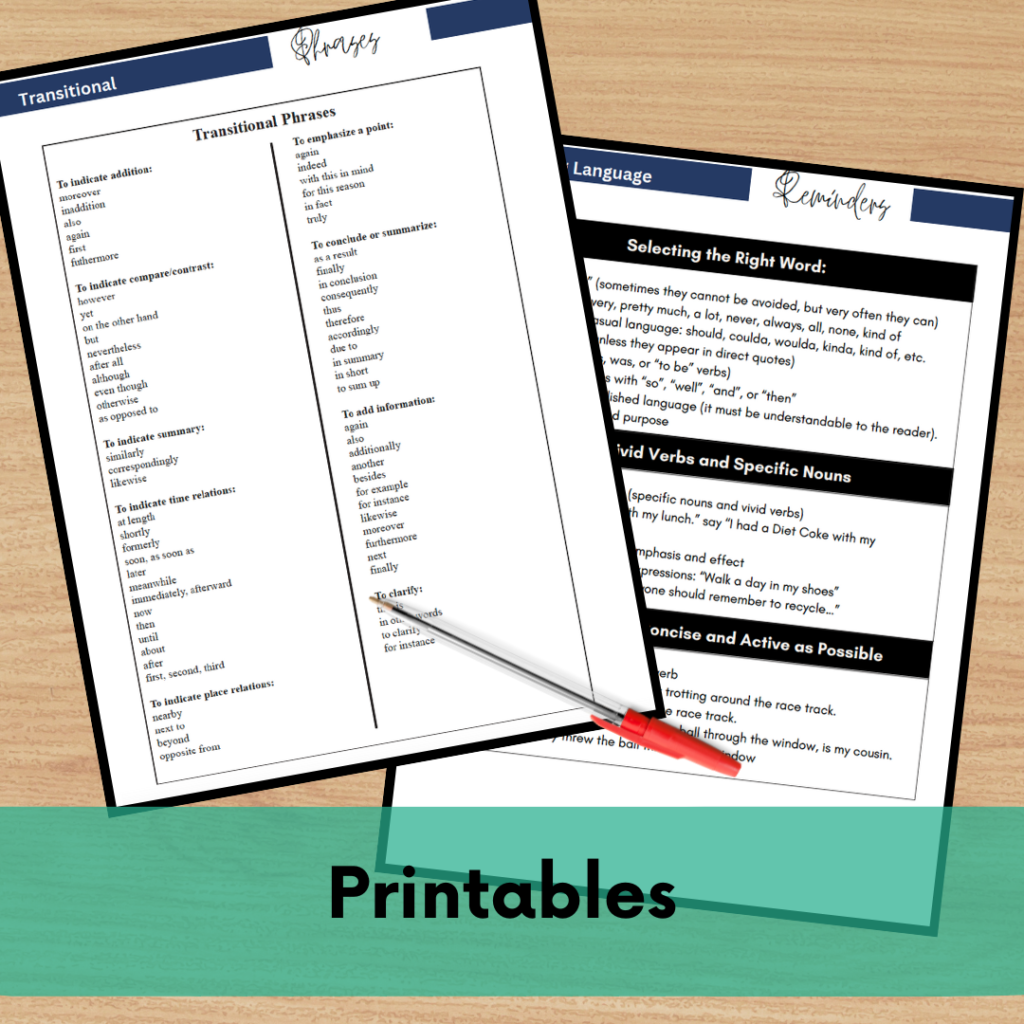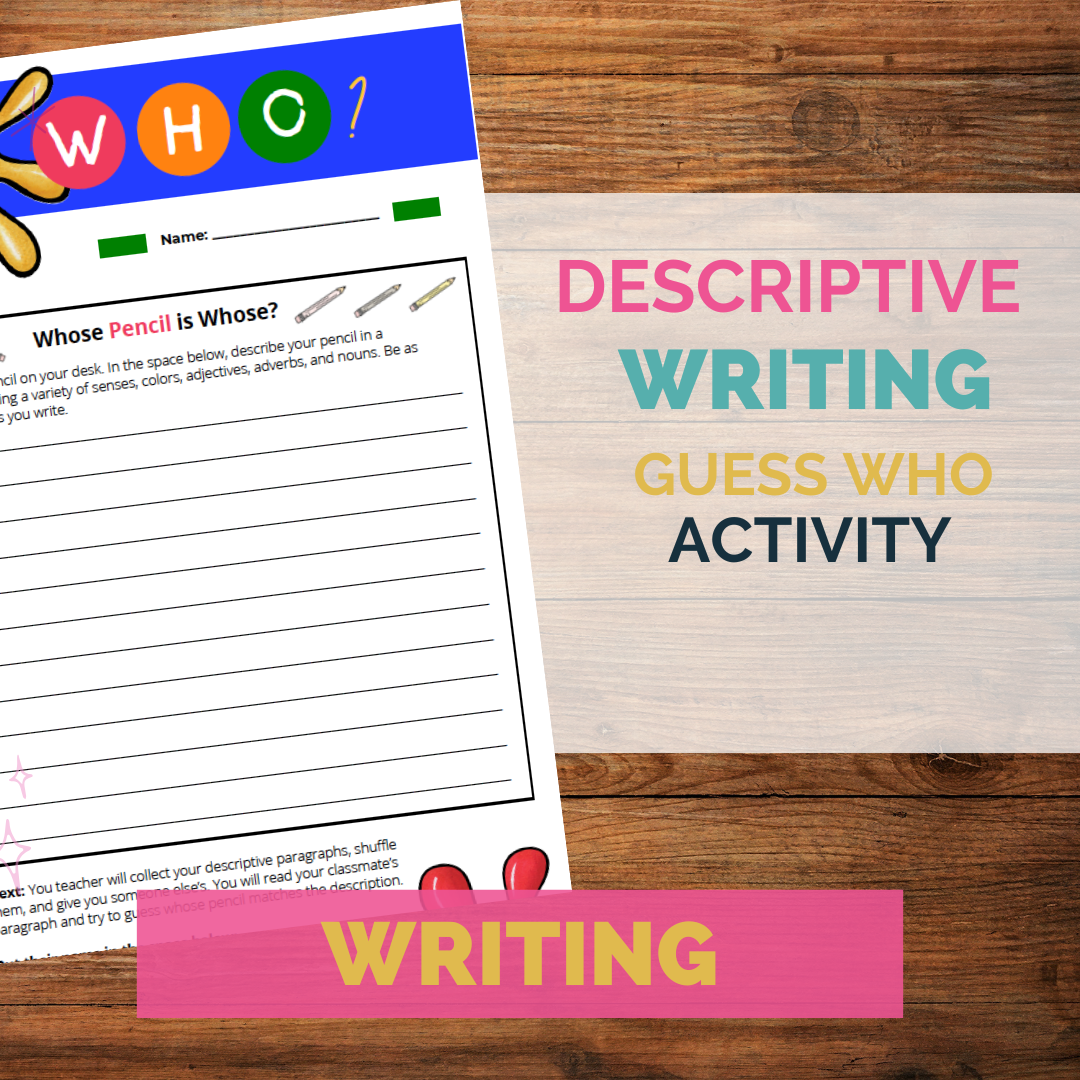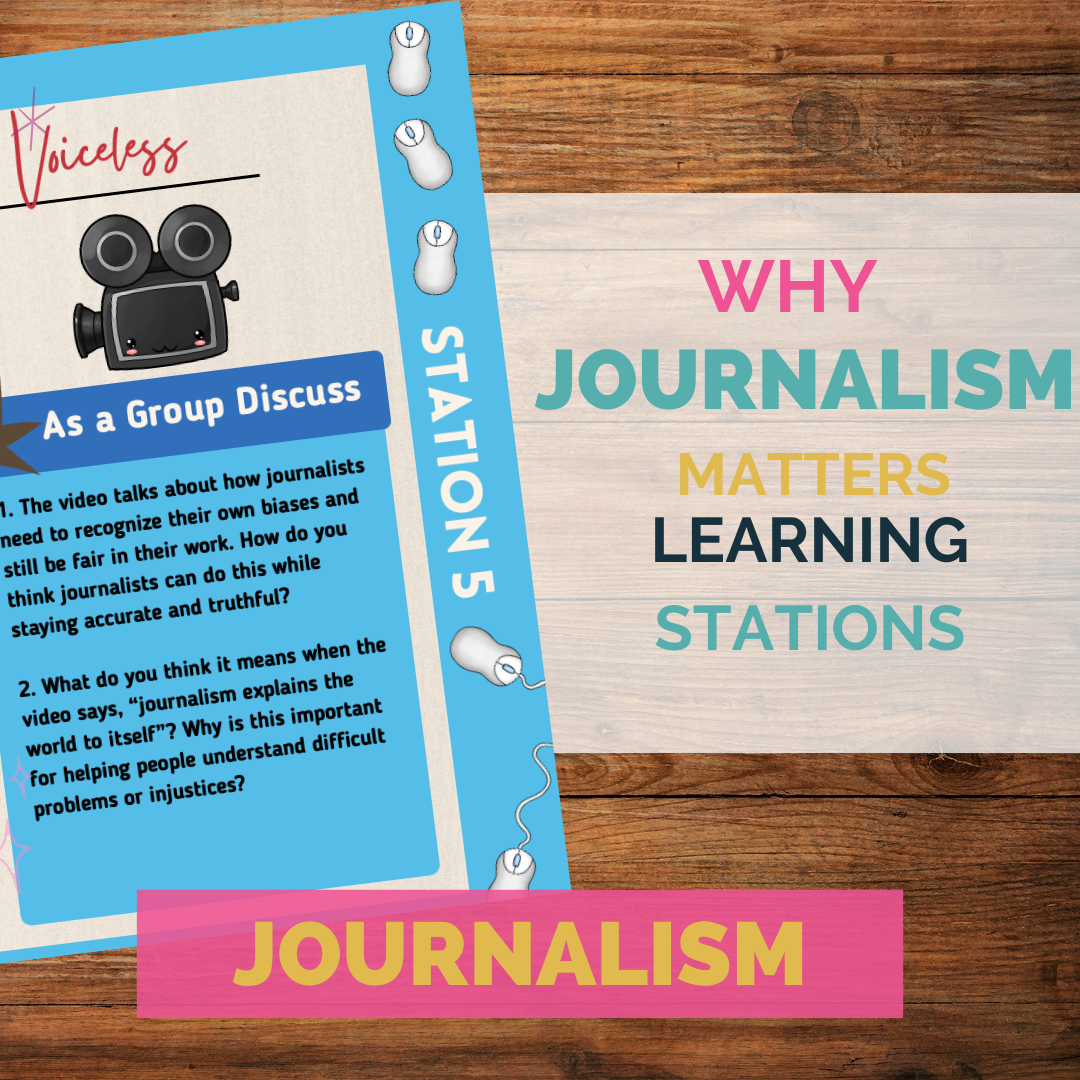Early Years: How I changed from editing chaos to error-free
Have you ever spent hours laying your most recent issue, poured over page proofs, and coached your Copy Editors on every aspect of AP Style only to have the issue come out and BOOM on the front page there is a glaring error in the main article above the fold? Yup, me too!
In my early years of advising, this scenario felt like a monthly occurrence: write, edit, print and BOOM–big glaring error!. It was not only disappointing for the students who worked so hard to design a beautiful page, for the student who poured hours into their story, but as their advisor I felt embarrassed that somehow those errors kept sneaking into our publication.
After a couple years of this embarrassing cycle, I made it a HUGE priority to ensure self editing and peer editing was not an experience students participated in on occasion–there had to be multiple different approaches to self and peer editing during our writing cycle and it had to be extremely structured.
Self Editing, Peer Editing and Writing Conferences: A combinations for error-free publications
Because the high school newspaper is a highly public forum, it is important for students to learn and practice the skills of revision and polishing writing for a specific audience so students can feel confident the final product is accurate, of high quality and error-free.
Students need different revision and self editing and peer editing strategies at different times during the writing process. I created a 3-tier editing plan that we use during our 3-week writing process.
The self and peer editing resources will help students learn:
- How to read carefully, with attention to the details of a piece of writing (whether your own or another writer’s article);
- How to strengthen your writing by taking into account the responses of actual and anticipated readers
- Make the transition from writing primarily for themselves or for an advisor to writing for a broader audience
- How to formulate and communicate constructive feedback on a peer’s work;
- How to gather and respond to feedback on their own work.
Part I: An introduction to self editing and peer editing
Once my students have a fairly completed draft, I use of one of the tools below to have students practice self-editing this draft. At this stage of the process, students may have just completed their draft, but haven’t really spent a lot of time on the stages of editing including polishing word choice or revising grammar and mechanics. These tools are intended to be a checklist to ensure students have the basic content in their story before they tackle the nitty gritty of grammar, mechanics, AP Style or sentence structure.
Tool 1 Six Traits: This list of criteria for students to use to assess the quality of their own work. If you are a Six Traits program, this list is adapted to include criteria for a strong newspaper story organized into each of Traits.
Tool 2 Self-Edit Checklist: This is a comprehensive one-page document that includes detailed criteria for a newspaper story, including content and grammar and mechanics.
Once students have engaging with their draft at least once, I have them break into small peer editing groups to read each other’s articles looking for article content and grammar and mechanics.
Tool 3 Peer Editing Checklist: In this one-page document, students will peer edit each other’s articles for content and basic grammar. There is space for 4 readers to check off the complete of the task or provide feedback.
Part II: Peer Editing Rotation Stations
Now that students have had a chance to read through their own articles for basic content and errors, I have them work through 3 rotation stations on the following areas:
1. Content and Coherence:
This stage of peer editing encourages readers to focus on the quality of the content in the story and how well all of those pieces work together to create a readable and compelling piece of writing.
2. Message and Impact:
This stage of peer editing encourages readers to focus on the content of the story and the message that conveys. Also, this station explores the impact of the message on readers.
3. Grammar and Mechanics
This stage of peer editing encourages readers to focus on the details of grammar and mechanics for accuracy.
There is a detailed task sheet for each of the stations for readers to check off whether the article meets each of the criteria.
There is also a worksheet that includes space for students to document feedback from each of the three stations. Student find these stations interactive, fun, and beneficial as they begin revising and editing their second draft.

Part III: Self Editing, Peer Editing, and Writing Conferences
My last editing cycle involves 3-parts:
Step 1: Self Editing Document: This includes a detailed list of 18 steps for students to engage in self editing. This is an interactive document that requires students to physically mark and edit their article.
3. Step 2: Peer Editing Document: This is a similar tool used in Part I to encourage readers to provide feedback on content and mechanics.
4. Step 3: A template for teachers advisors to use when conducting 1-on-1 writing conferences with students so they can provide guided feedback.
By this third step of the process, students have revised their story 3 times.
Say goodbye to articles filled with errors and say hello to polished, error-free articles you and your students can be proud of!
Here are some of my favorite tools for my Copy Editors:


